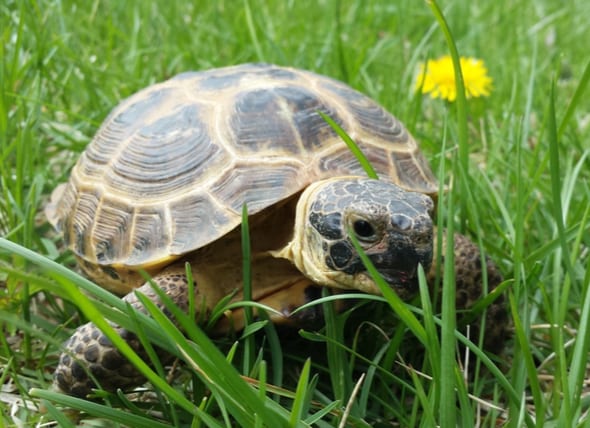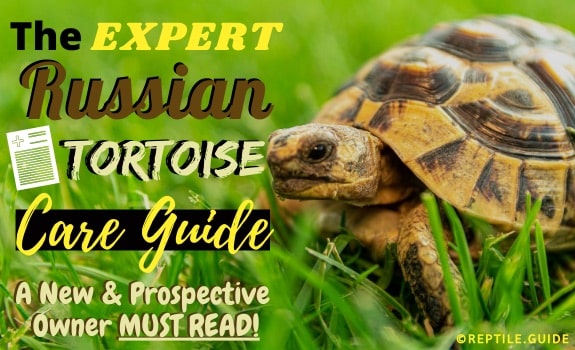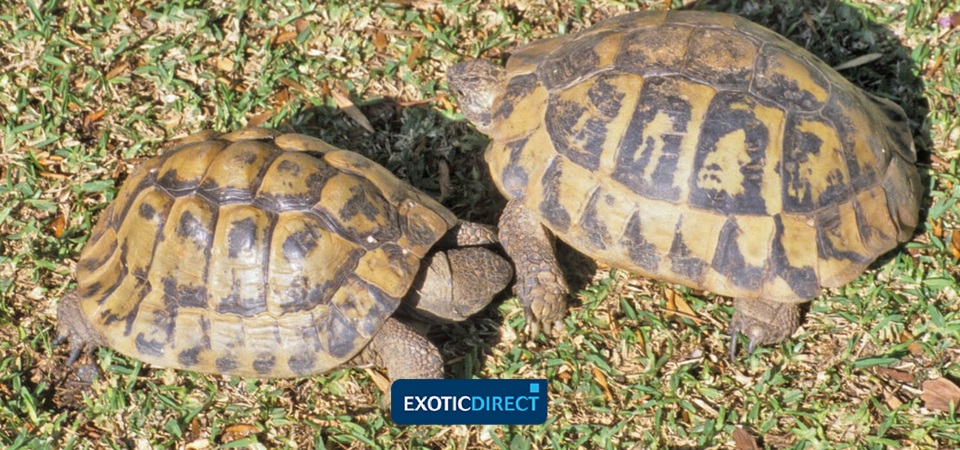Nighttime temperature should be 60-75 F. A male Russian tortoise will grow from 5-6 on average at full maturity.
 The Russian Tortoise Testudo Agrionemys Horsfieldii Is Not From Russia Crazy Plants Crazy Critters
The Russian Tortoise Testudo Agrionemys Horsfieldii Is Not From Russia Crazy Plants Crazy Critters
Some tortoises are worse then others when it comes to bullying.

Should russian tortoises be kept in pairs. Tortoises can be kept outdoors approximately from April to the end of October. Tortoises do not do good in pairs. Welcome to the forum and I.
Tortoises like to explore. It should be made of wood and have no floor to enable the tortoise to thermoregulate its own body temperature via burying itself. Provide a variety of shrubs weeds and wildflowers to offer them a safe resting spot and to provide some additional food.
Russian tortoises can live alone in pairs or in small groups. Multiple tortoises of the same species can happily be kept together. Russian tortoises do not need to hibernate to be healthy so tortoises kept indoors and maintained at stable temperatures will never skip a beat while winter winds below outside.
An outdoor enclosure of at least 4 ft by 4 ft will comfortably house a single adult Russian tortoise while an 8 ft by 4 ft enclosure can house a male and a female a male and two females or two or three adult female tortoises. The cooler side should be around room temperature at 70-72 degrees and the warmer side should be above than 90 degrees. Incase you have a young tortoise now you.
If you do try to keep herds of Russian tortoises provide plenty of hiding spaces and lots of plants and logs to break up the sight lines so they can easily hide from each other. He needs to be kept separate to keep the other two safe. The tortoise house must be relatively large.
If kept indoors the Russian tortoise requires a warmer and cooler non-heated side in their tank. Female Russian tortoises may be housed or kept in groups and seem to get along just fine. You might witness some slight aggression between males.
If you did a search on this forum about this same issue you would find hundreds of threads and post of why tortoises should not be in pairs. The warm zone of its enclosure should be approximately 90 degrees Fahrenheit. Keep the humidity very.
They will also need a UVB light to process calcium. If you prefer to keep the tortoise inside youll want to make sure that the tank or tub is large. If climate extremes do not allow for outdoor housing Russian Tortoises can be kept indoors in large plastic tubs or glass aquariums.
Theyre non-aggressive and have been known to respond to owners. Since Russian Tortoises are reptiles they require quite a bit of heat to. As mentioned above keeping more than one tortoise of precisely the same species does not in theory carry any risk of cross contamination of infection provided of course that neither is harboring an infection that does affect the.
At night the temperature should be 60 to 65 degrees Fahrenheit. Female Russians grow anywhere from 7-10 with a much rounder shape than males. However unless you have them in a really big yard size enclosure with lots of sight barriers its not a good idea.
They can get territorial and fight leading to tip-overs and injuries. You might witness some slight aggression between males since they can get territorial and fight leading to tip-overs and injuries. Keep lights on 12 to 14 hours a day and turn off all light and heat sources at night.
Tortoises seldom do well in pairs regardless of the sexes. Other materials will produce a. The Russian tortoise in comment below - not sure if you are both the same personis most likely wild caught so could carry pathogens and parasites that would harm the box the leo and the sully.
Its ideal that if you have a good climate you set up a pen outside. Russian tortoises can live alone in pairs or in small groups. The bigger the enclosure the better with a minimum of five square feet per pair of tortoises.
A Russian Tortoises basking spot should be 90 to 95 degrees Fahrenheit. When it comes to temperament Russian tortoises are easy-going. Daytime temperatures should be around 75-85 F.
Do NOT house your Russian tortoise with any other tortoise species or other pets. The sulcata will end up being very large and very territorial. Groups can sometimes work but Russians are so aggressive that even groups sometimes dont work.
Russian Tortoises can be kept indoors or outdoors if temperatures permit. Males can fight with one another and should not be kept with other male tortoises. The cool zone should be 70 degrees Fahrenheit.
Russian Tortoises prefer to be outside and like large outdoor pens at least 4 x 3.
 Can Russian Tortoises Get Lonely Russian Tortoise World
Can Russian Tortoises Get Lonely Russian Tortoise World
 Russian Tortoise Agrionemys Horsfieldii Breed Hypoallergenic Health And Life Span Petmd
Russian Tortoise Agrionemys Horsfieldii Breed Hypoallergenic Health And Life Span Petmd


 Are Tortoises Better In Pairs Tortoise Owner
Are Tortoises Better In Pairs Tortoise Owner

 Russian Tortoise Care Guide Your A Z Beginner Friendly Cheat Sheet
Russian Tortoise Care Guide Your A Z Beginner Friendly Cheat Sheet

 Which Tortoise Should You Get Exoticdirect
Which Tortoise Should You Get Exoticdirect



 How Much Space Do Pet Tortoises Need Tortoise Owner
How Much Space Do Pet Tortoises Need Tortoise Owner
